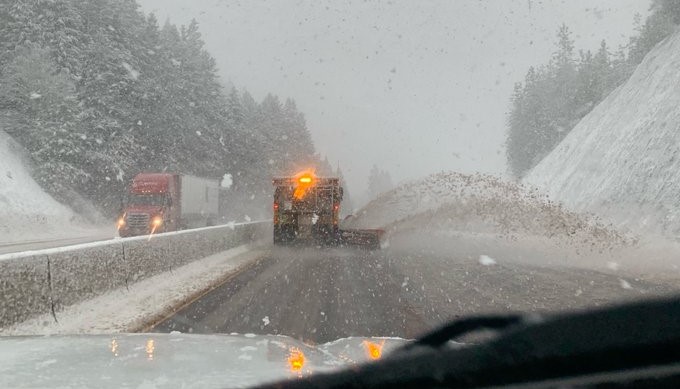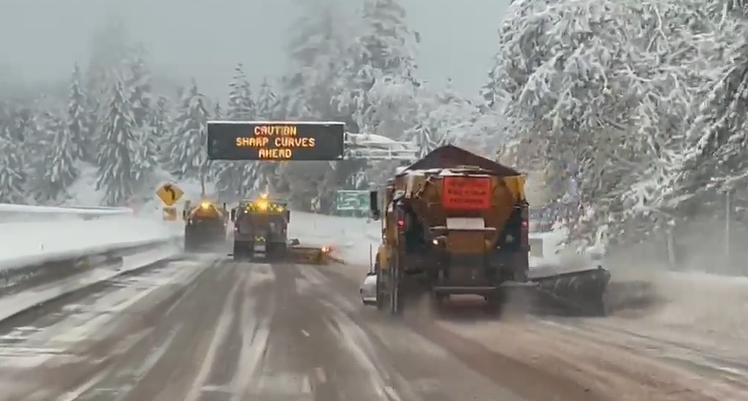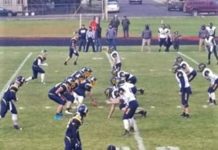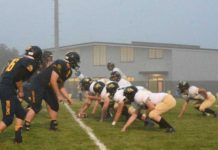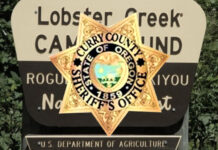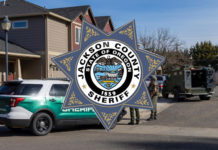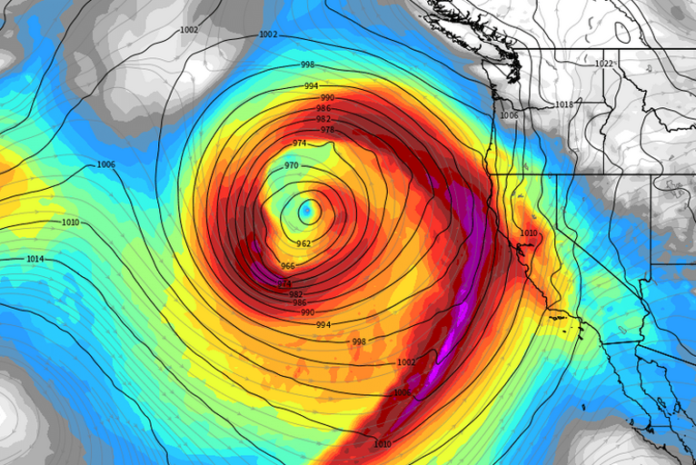Residents along the coastal regions of northern California and Oregon are notorious for enjoying storm watching almost as much as whale watching.
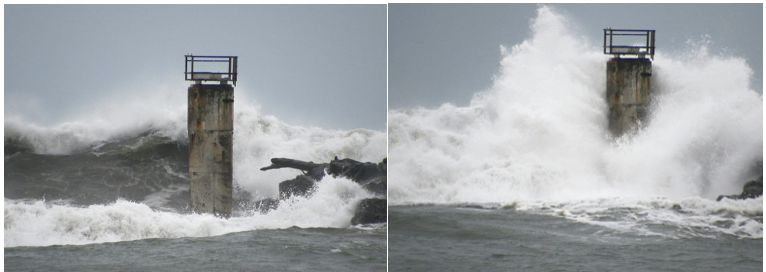
(photos courtesy, Sam Wesly Appleton)
Over the past week, communities up and down the coast have witnessed some of the most extreme weather conditions the region has ever seen.
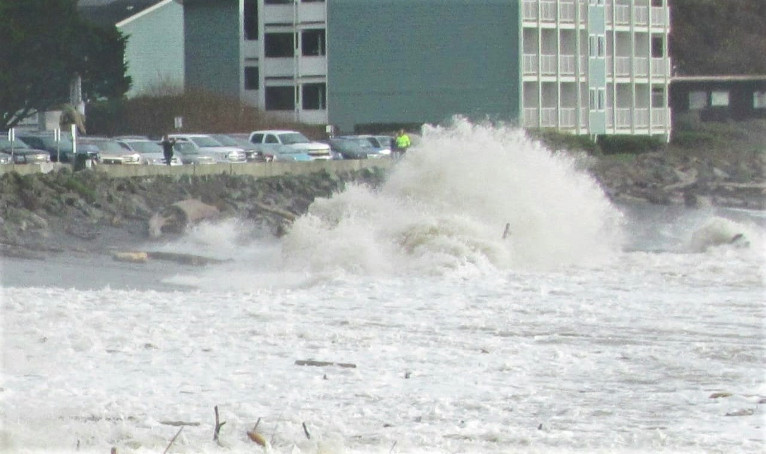
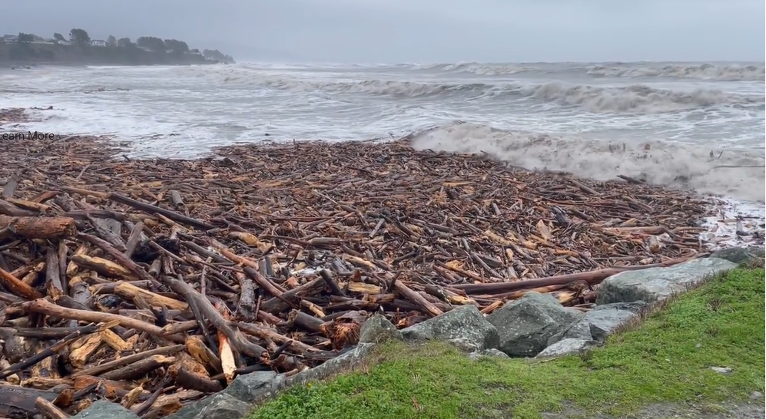
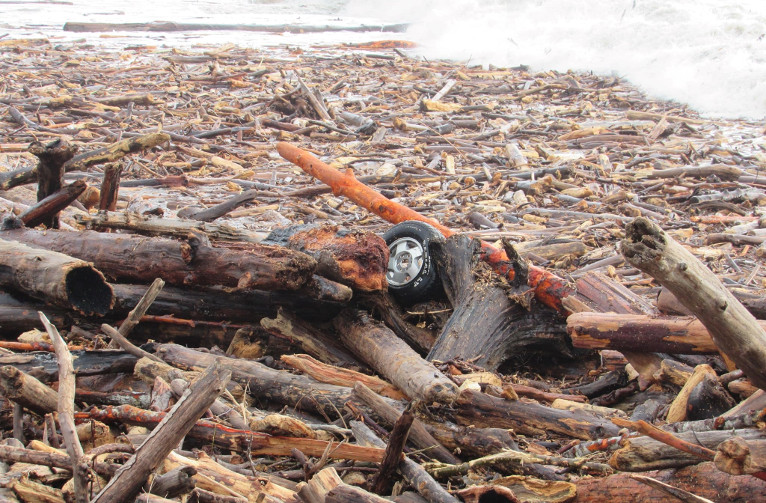
With the brute power of Mothernature on full display, areas up and down the coast and inland sustained heavy surf, power outages, traffic problems, falling trees and property damage as a series of potent storms pushed onshore.
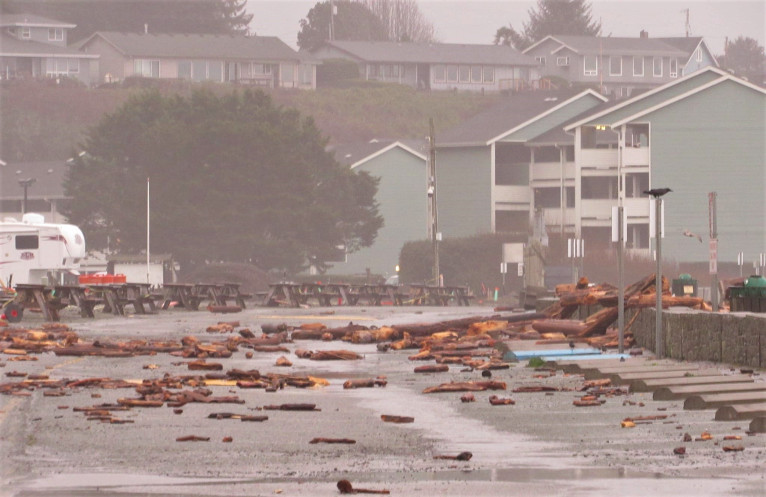
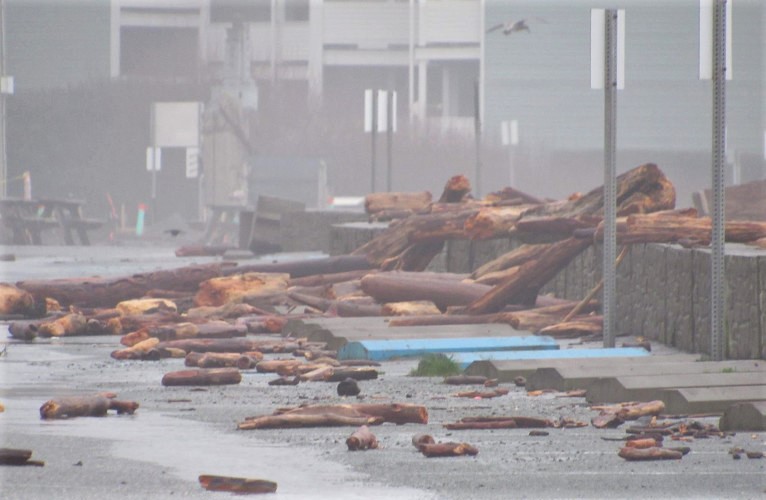
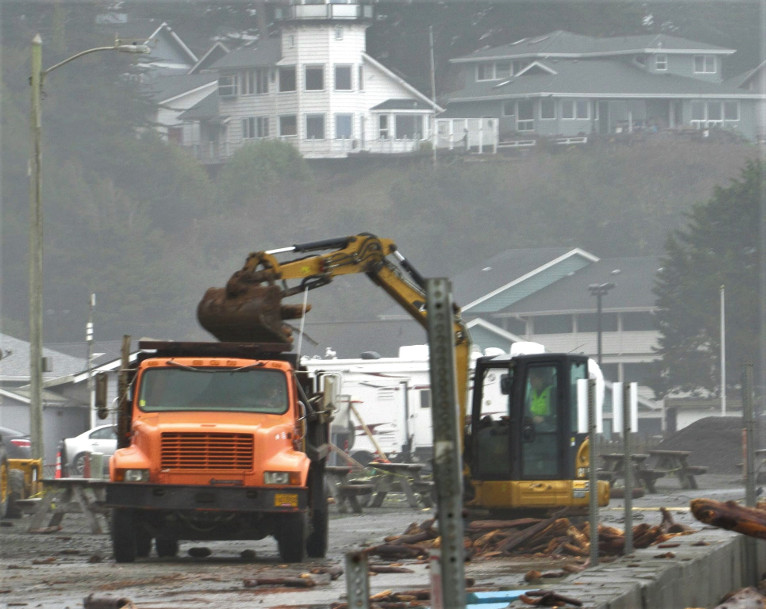
(photos courtesy, Sam Wesly Appleton)
The Crescent City area was hit hard with high winds that did considerable damage throughout the community.
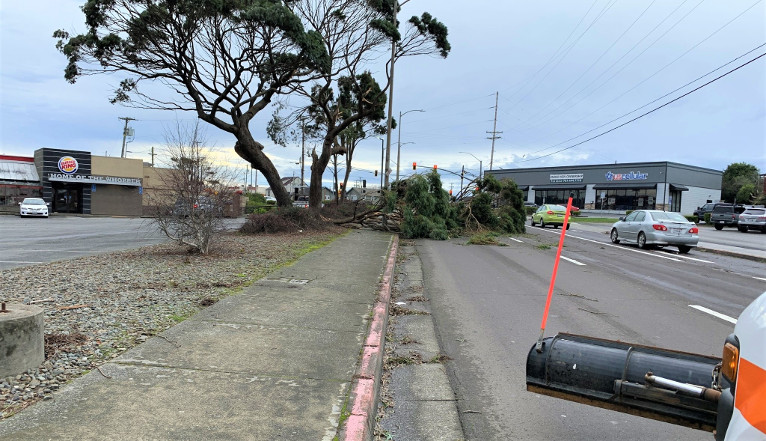
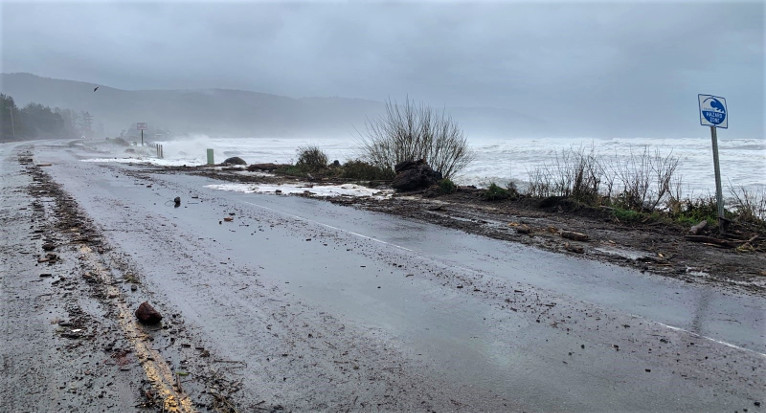
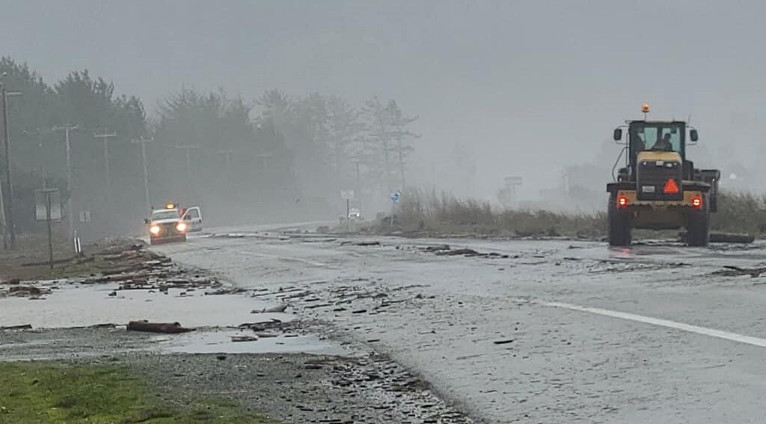
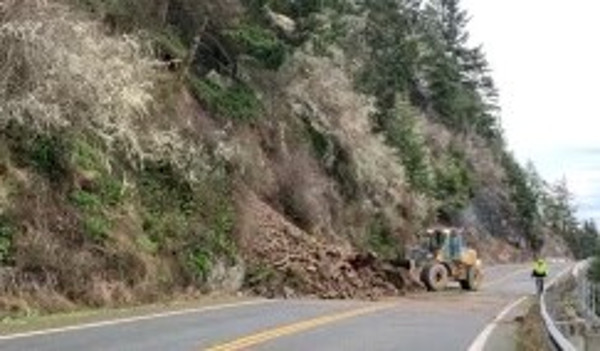
Over the past week, the west coast has been inundated with an atmospheric river, classified as a ‘Bomb Cyclone’.
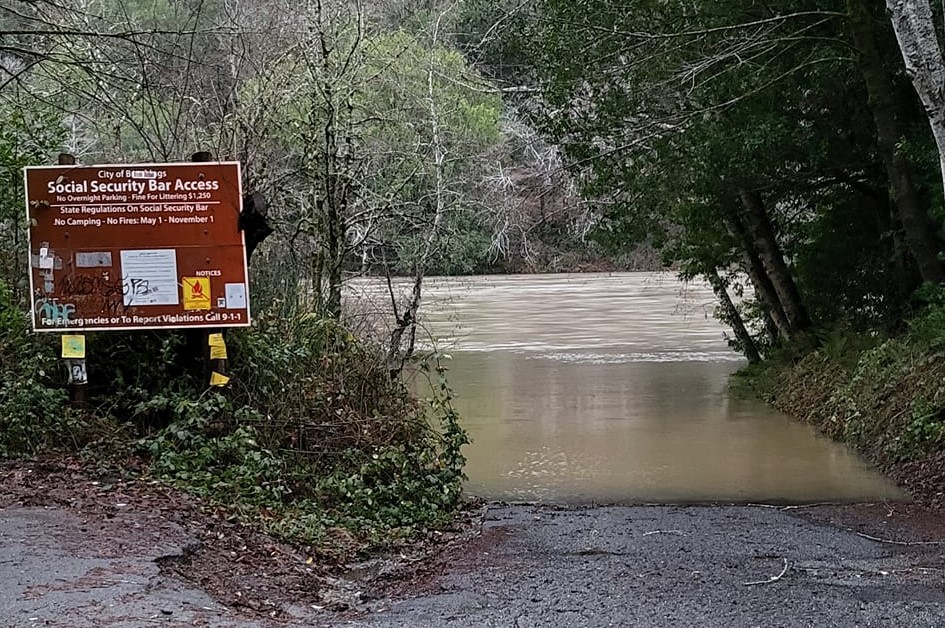
(photo courtesy, Sam Wesly Appleton)
A ‘Bomb Cyclone is defined as a storm that whose central air pressure falls at a rate of one millibar per hour for at least 24 hours.

As the barometric pressure drops, winds, and precipitation intensify to levels capable of significant weather related damages.
Although the brunt of the latest round from the current atmospheric river impacted central California, severe damage to infrastructure was experienced up and down the west coast.
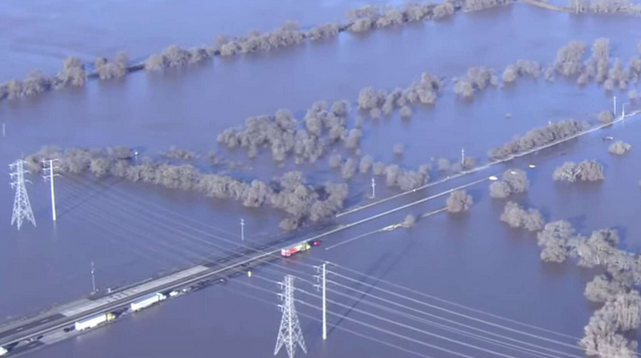
Coastal communities sustained a direct hit, pushing high tides well onshore, destroying structures littering beaches with lumber, and trash washed into the ocean from rivers and creeks inundated with heavy rain and snow during the event.
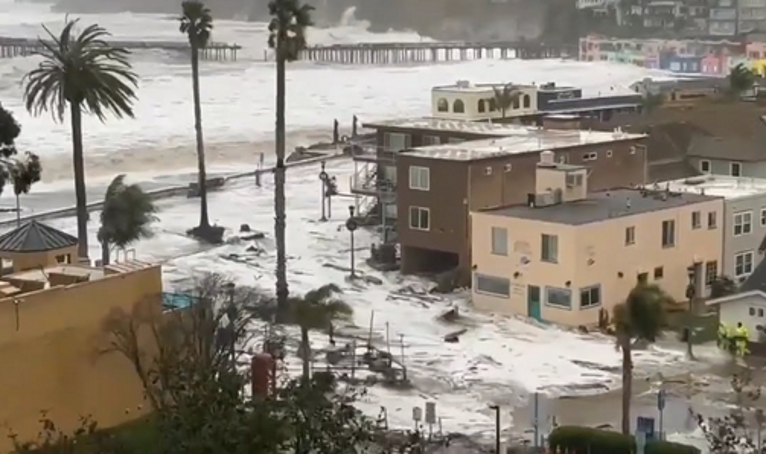

The Cascades and the Sierra Nevada’s experienced feet of debilitating snow, causing the closure of many roads and highways.
